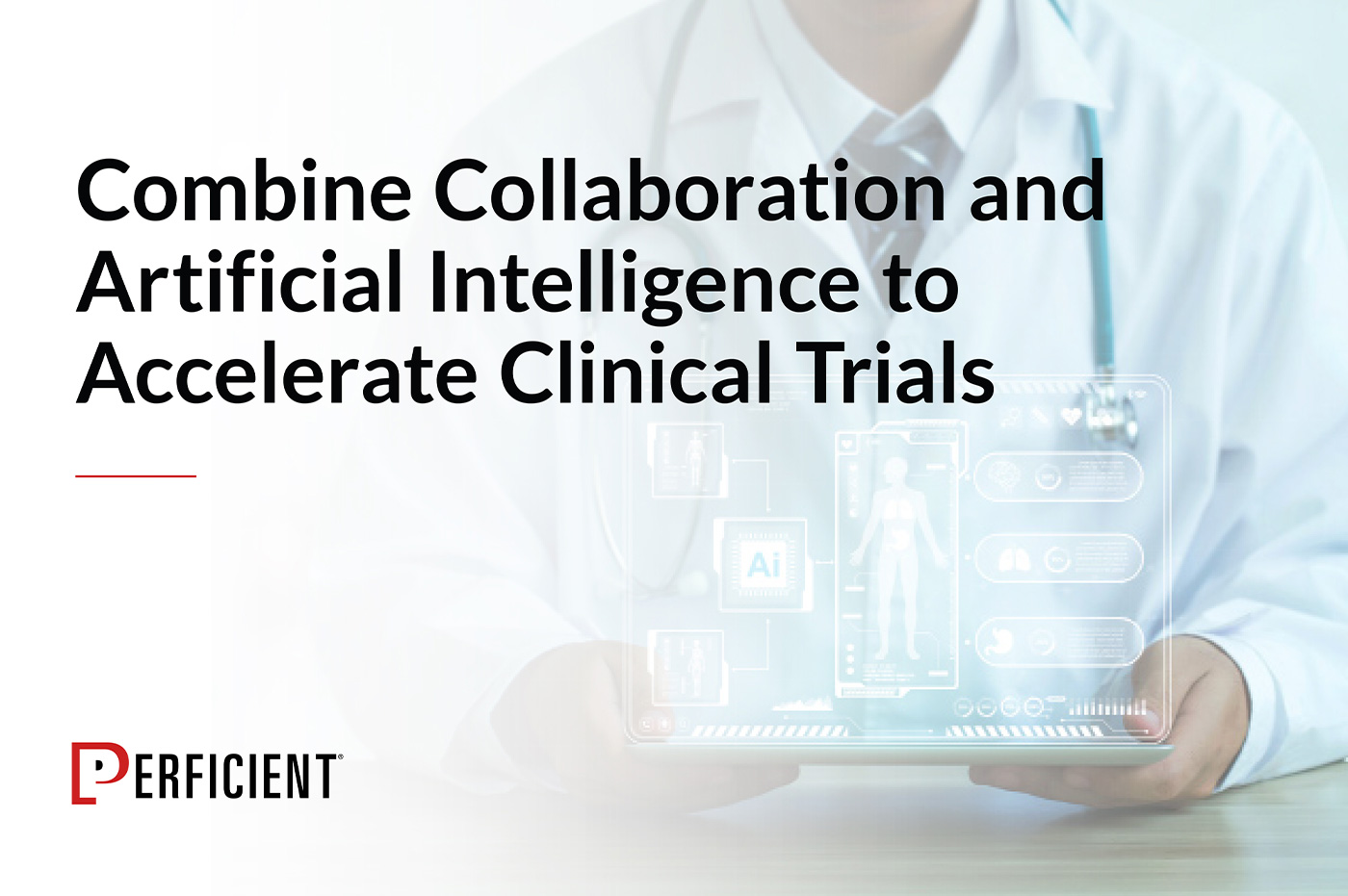Deciding “if, when or how” to move from one safety application to another can be a daunting task full of angst, pressure and fear of the unknown. Arguably, most of this distress is experienced in the initial analysis of the migration options and sifting through the solutions available to an organization. This blog entry will attempt to broadly outline the options for an organization that would like to migrate from one safety system (source system) to another (target system).
From my perspective, an organization faced with this decision has three basic options:
- Manual Migration: Re-enter all case data from the source system into the target
- Automated Migration: Use a third party tool to Extract the data from the source, Transform it into the proper format for the target, and Load it into the target system (ETL).
- Mixed Method migration techniques: Use a combination of manual and automated
The decision on which method is best for an organization is often a complex function of costs, time and quality. This is a typical construct to the success of projects sometimes referred to as the “iron triangle” (Chan, Scott, & Lam, 2002).
In general, manual migrations tend to introduce human clerical errors not typically seen in ETL efforts. This could be seen as lowering the Quality aspect of the iron triangle. However, there could be distinct cost and time savings since an ETL tool license wouldn’t be purchased (cost saved) nor configured (time/cost saved).
In automated efforts, the quality of the transfer is arguably higher since often a 100% data mapping effort is performed between the source and target system thus allowing all data to transfer. This increase in quality is often worth the increased cost and time associated with the use of an ETL tool.
Finally, the mixed method migration technique is something that might be especially unique to the safety world. Since the adoption of the International Conference on Harmonization’s (ICH) E2B guidance, all safety systems have adopted the ability to extract and load XML files in this specified format. This format includes ~247 data fields (ICH, 2005) available for electronic transmission of data between partners, but its gateway can be used in a mixed-method migration attempt. After using the E2B mechanism to transfer the included data, a company can then manually key the remaining desired data from the source into the target system. This solution saves the cost of the ETL tool, but reduces data quality through its introduction of manual entry.
The following table is based on the information above and my professional experience in data migration efforts:
Table 1: Suggested Migration Solution Based on Repository Size and Cost
| Go Forward Recommendations | |
|---|---|
| IF your pilot results indicate | THEN you might consider |
| 80% or higher agree that Teams can be easily utilized alongside Skype for Business -and- Less than 80% user agreement that Teams can replace Skype for Business based on current use cases and scenarios -and- Satisfactory network health | Deploying Teams and Skype for Business side-by-side for some/all available scenarios. To facilitate the learning curve, we strongly encourage rolling out features over time, in lieu of an all-at-once approach. Learn more about the Upgrade journey and coexistence of Skype for Business and Teams. Download user readiness templates to facilitate communication with your end-users about their new side-by-side experience. |
| 80% or higher user agreement that Teams can replace Skype for Business based on current use cases and scenarios -and- Satisfactory network health | Deploying Teams and Skype for Business side-by-side for all scenarios, encouraging users to lead with Teams where feasible. In addition, reach out to your account team or Microsoft Support to let them know your organization may be ready to go to Teams. Learn more about the Upgrade journey and coexistence of Skype for Business and Teams. Download user readiness templates to facilitate communication with your users about their new side-by-side experience. |
| Less than 80% agree that Teams can be easily utilized alongside Skype for Business -and- Less than 80% user agreement that Teams can replace Skype for Business based on current use cases and scenarios | Continuing with Skype for Business for communication (e.g. IM, Meetings, Calling) while utilizing the modern collaboration functionality (e.g., Teams/Channels) of Teams. Revisit a Teams pilot to verify communications functionality as new features are released per roadmap. |
NOTE: This is a table with broad assumptions and should be taken with healthy skepticism. Formal analysis of your organization is needed to solidify the actual answer to the question “Which migration method is right for me?”
While all of these efforts have merit and may be appropriate given the diverse complexity in the field of product safety, one thing is for sure, the migration effort will only succeed through the diligence and hard work of those involved.
References
Chan, A.P.C., Scott, D., and Lam, E.W.M.. (2002). Framework of Success Criteria for Design/Build Projects. Journal of Management Engineering, 18, 120
International Conference on Harmonization [ICH]. (2005). Data Elements for Transmission of Individual Case Safety Reports. Retrieved on October 28, 2014 from http://www.fda.gov/downloads/Drugs/GuidanceComplianceRegulatoryInformation/Guidances/ucm073092.pdf.
